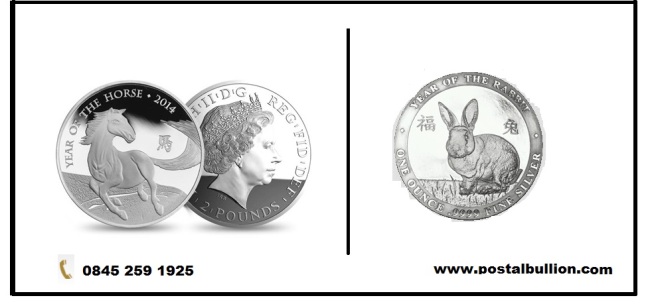 Are you aware of any effective techniques for identifying counterfeit gold and silver coins? The sale of fake gold and silver coins by a counterfeiter is a major issue in the market today. Surveys and studies have shown that counterfeiters are more willing to rob amateur collectors and investors than the expert ones. They make it next to impossible even for the experts and highly experienced professionals to detect fake gold and silver coins. You need to know a few effective techniques that will help you to separate fake gold and silver from the real thing.
Are you aware of any effective techniques for identifying counterfeit gold and silver coins? The sale of fake gold and silver coins by a counterfeiter is a major issue in the market today. Surveys and studies have shown that counterfeiters are more willing to rob amateur collectors and investors than the expert ones. They make it next to impossible even for the experts and highly experienced professionals to detect fake gold and silver coins. You need to know a few effective techniques that will help you to separate fake gold and silver from the real thing.
- Reliable and reputed dealer: First of all, when purchasing gold or silver, you need to know a reputed and reliable coin dealer. Getting an experienced dealer is your first line of defense in keeping yourself free from counterfeit coins. An honest dealer will go out of his way to demonstrate the authenticity of coins to anyone who genuinely intends to purchase coins. Avoid purchasing anything from dealers who are unwilling to prove the authenticity of their coins, as they may be selling counterfeit coins.
- Weight and dimensions: Dimensions and weight are some of the quickest techniques to detect the lowest quality of counterfeit gold and silver bullion coins. A side-by-side comparison of identical coins will weed out the counterfeit coins in a few minutes. Sophisticated counterfeiters may have coins that are matching dimensions and weight so you need to use precision calipers and scales for dimension and weight measurements. The dimension and weight tolerances of legitimate coins are minuscule, so much so that any real deviation from either would indicate a fake coin.
- Fine details: An authentic gold coin has quite a specific colour, luster, and details that expose any counterfeit coins. Plenty of counterfeit gold or silver coins are cast, not pressed, so they are lacking in the fine details that, generally, authenticate pressed coins possess. Other signs of a cast coin are the presence of misshaped edges, tool markings, uneven letter spacing, surface blemishes, lack of detail and a casted appearance. You can inspect the surface and other details of a counterfeit coin by using a good magnifying glass. All these details hold true when buying or selling silver coins too.
- Ring test: According to a ring test, if you tap the gold or silver coin, which you intend to purchase, with another real gold or silver coin, you will get a high pitched ring if the coin is real and a thud sound if the coin is fake. Balance the coin on the end of your index finger, when performing this test. Listen for a ring when tapping the coin with the authentic one. This test is an easy and quick way to identify a counterfeit coin.
- Magnetic test: Another simple method to use to weed out counterfeit gold and silver coins is a basic magnetic test. In reality, both gold and silver bullion coins are non-magnetic so even the slightest magnetic attraction in silver or gold coin indicates the presence of ferrous metal in its composition. So, a strong pocket magnet would be a good thing to take along with you when you are in the market for purchasing gold or silver coins.
There are several more tests that can help you detect a counterfeit coin, such as counterfeit coin detectors. All these above mentioned tips will definitely help you in differentiating counterfeit gold or silver coins from the real ones, thereby preventing you from being the victim of a deceptive coin dealer.
